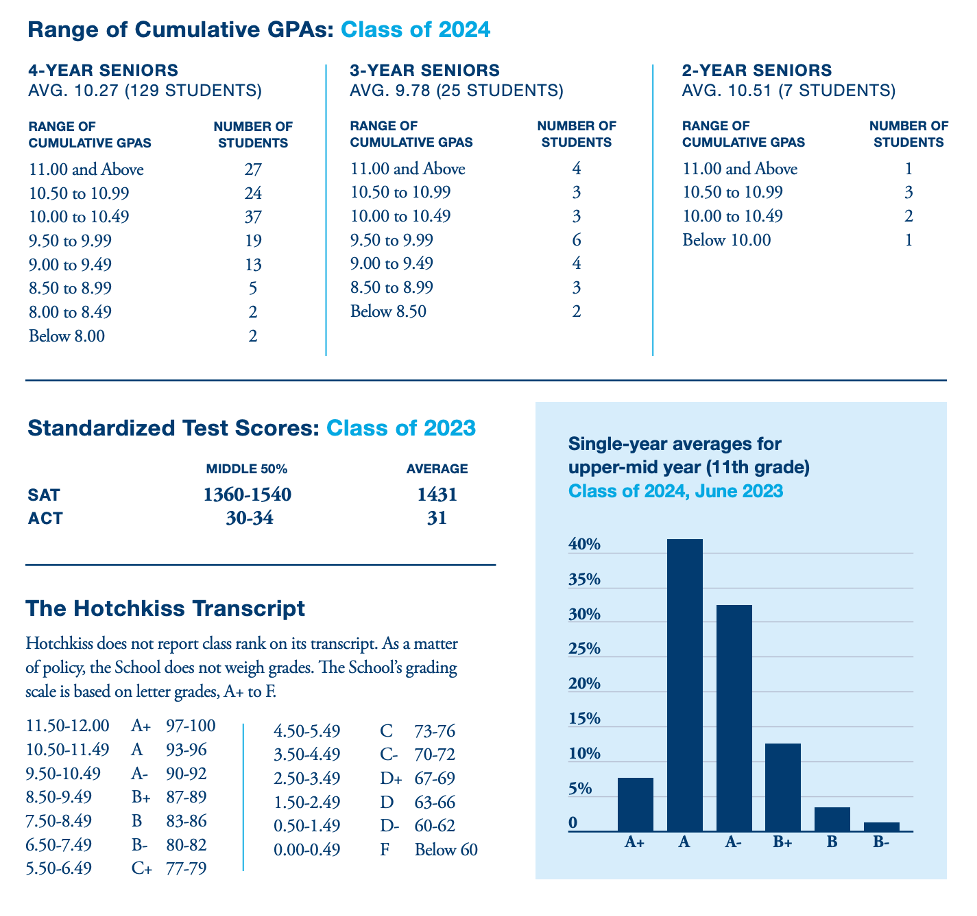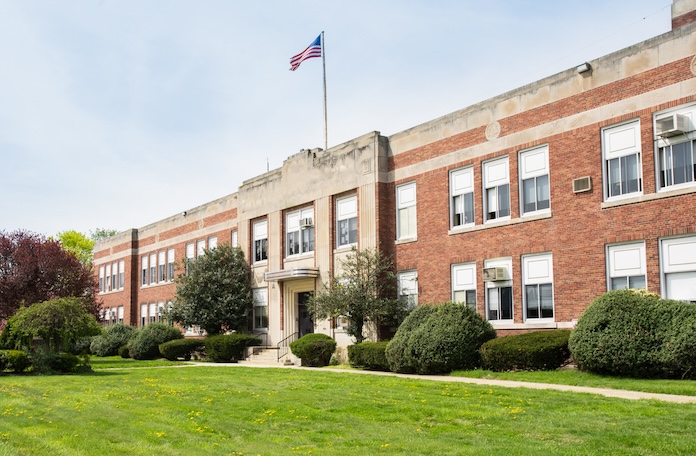One of the toughest decisions we make as parents is where to educate our children. As you weigh your options, particularly between public school or private school, the decision becomes even more complicated as you factor in its potential impact on college admissions.
From grade 4 to grad school, we’ve been guiding families through this educational jungle, helping them untangle their school options in the context of their priorities and goals. To help you make an informed decision at this pivotal juncture, we’ve broken down the key pros and cons to consider from a college admissions perspective:
PUBLIC SCHOOL VS. PRIVATE SCHOOL: PROS & CONS
Private School Pros
Academic Opportunities:
Private schools may provide a more specialized and focused curriculum with smaller class sizes. Many private schools offer opportunities to undertake independent research projects, explore specialized electives, or enroll in creative, interdisciplinary programs. Roxbury Latin (MA), for example, offers the tutorial program, where students design an independent study and work closely with a faculty member in a niche area of interest. The Lawrenceville School (NJ) emphasizes experiential learning through travel and outdoor programs. Consider your child’s academic strengths, interests, and goals when evaluating the opportunities each school can offer.
Class Size:
Smaller class sizes in private schools often result in more individualized attention for students. This can be beneficial for those who thrive in a close-knit learning environment, highly-motivated students who would benefit from extra enrichment, or those who have learning differences. At the Nueva School (CA), for example, the student-to-faculty ratio is 6:1 and the average class size is 16. Large public high schools typically see ratios closer to 15:1 or higher.
Resources:
Both public and private schools offer extracurricular activities, but the range and intensity may differ. Private schools might have more resources and facilities for specialized programs such as arts, sports, or community service. At Deerfield Academy (MA), for example, the indoor athletic facilities include an eight-lane pool and diving well, a fitness center, two gymnasiums, a wrestling room, 10 international squash courts, a brand new ice rink, two rowing tanks, and an indoor elevated track.
Private School Cons
Inflexible Curriculum:
It can be hard for students to deviate from the standard curriculum, especially at small private high schools. In the spirit of equality or in an effort to reduce academic stress, private schools might place limits on how many APs a student can take. Private schools also lack affiliations with local community colleges, making it hard for students who have accelerated beyond the school’s math or language offerings. At priavate religious schools, required religion classes might also interfere with a student’s ability to take more rigorous courses or double up on core subjects (like science).
Less Preparation for Standardized Tests:
Some private schools deem their curriculum “college-level”, similar to APs, and therefore do not offer any AP classes. While the rigor of these courses is likely equivalent, it makes it more challenging for a student to sit for AP exams, which can afford them the opportunity to earn merit and even skip some pre-requisite college courses. The Chapin School’s (NY) website notes, “we have determined that Chapin-designed advanced courses provide our students challenging, college-level work that deepens their intellectual engagement while building critical skills demanded by each discipline in more enduring ways than AP courses do.”
More Competition:
There is often a higher density of students applying to top colleges from a private school, many of whom are hooked. This can create more pressure for students and also make it more difficult for students to gain acceptance at top schools.

College Private Counseling
Develop an organized and effective application strategy that leverages your academic and extracurricular experience to stand out.
Anita Doar, TTA Senior Private Counselor:
Since most private schools hire faculty members who can serve the community in a number of different capacities, students form deep relationships with adults across learning environments. Your English teacher might double as your academic advisor and lacrosse coach, your college counselor as your math teacher and track coach. Faculty members get to see students grow and contribute to the life of the school in numerous ways, a benefit that leads not only to meaningful relationships with students but eventually to powerful recommendation letters for college.
Dr. Elizabeth Doe Stone, TTA President:
My four years as a student at Deerfield Academy shaped my educational journey and fostered my love of learning. Even more than the impressive facilities, challenging academic curriculum, and opportunities for international travel, I benefited from the incredible faculty who went above and beyond to invest in my social and emotional growth while nurturing my academic interests. These less tangible benefits are just as important to consider as you weigh high school options, but inspiring teachers are not limited to boarding schools.
Public School Pros
More Extracurriculars
Public schools typically serve a larger and more diverse population, offering a broad range of academic programs and extracurricular activities. Shrewsbury High School (MA) has clubs ranging from Astronomy Club to DECA to a Filmmaking Club, and many “National Honor” societies (Honor, Arts, English, Forensic, Latin, French, Chinese, Math, Science, Social Science and Spanish).
Diversity:
Public schools tend to be more diverse, exposing students to a broader range of backgrounds and perspectives. This can be valuable for developing cultural competency and interpersonal skills. Private schools may have a more homogeneous student body, providing a different type of social experience.
AP Offerings & Dual Enrollment:
Thomas Jefferson High School for Science & Technology (VA) is one of the top public high schools in the nation, offering 20+ AP courses and dual enrollment at nearby colleges like George Mason University and Northern Virginia Community College.
Public School Cons
Less Funding:
One of the primary challenges faced by public high schools is inadequate funding. Public schools, funded by taxpayer dollars and state allocations, often grapple with budget constraints, which can impact classroom resources, and a lack of investment in extracurricular activities. The consequence is a potential gap in the quality of education provided, as schools struggle to keep pace with evolving educational standards and technological advancements.
Staffing Issues:
The large student populations in public schools can strain available resources, leading to an insufficient number of teachers and support staff. Overcrowded classrooms may compromise the ability of teachers to provide individualized attention, impacting the overall learning environment. This also limits the bandwidth of teachers to provide students with high-quality guidance and mentorship.
College Counseling Caseloads:
High caseloads can compromise the personalized attention and support that students require when making crucial decisions about their future.

Application Boot Camp®
Need strategic guidance from start to finish? Try Application Boot Camp®.
Dr. Kristen Willmott, TTA Senior Private Counselor and former Admissions & Financial Aid Officer at Harvard University:
As a former K-12 NYS substitute teacher at a large public district, I loved teaching in a public district. There is typically greater diversity of cultures and ethnicities and more choices when it comes to high impact extracurricular and athletic opportunities. I’ve chatted with many parents who worry that their student may never head to an Ivy League or other top university without a pricey private school education, but at TTA, we coach students and parents on which questions to ask, courses to push for and unique extracurricular opportunities (on campus and in the community) that propel students forward in college admissions. I recently worked with a student at a small public high school who became the first ever Ivy League admit since the school was founded!
Nellie Brennan Hall, TTA Senior Private Counselor and former Associate Director of Admissions at Brown University:
Most independent schools have separate school counselors and college counselors, while in most public schools, this is combined in the same role. College Counselors at independent schools tend to have admissions experience and work exclusively on the college application process with caseloads of 30-40 students depending on the size of the school and college counseling office. On the other hand, school counselors at public schools could have 200-300 (or more), depending on the size of the school. They also deal with schedule changes, mental health concerns, and other issues that general counselors manage.
PUBLIC HIGH SCHOOL VS. PRIVATE HIGH SCHOOL: COLLEGE ADMISSIONS
According to the Dartmouth Class of 2027 Application Profile, secondary school attendance broke down as follows:
Secondary School Attendance
- Public Schools: 55%
- Independent Schools: 34%
- Religious Schools: 11%
- Total Number of Schools Represented: 971
At Dartmouth, assuming that colleges are looking at two students with equally impressive standardized test scores but one is ranked number one in a big urban public high school where they had to work outside of the school to deepen an academic interest and the other is in the top 10 percent of their class at a private school with little to set them apart, statistics show they will favor the public-school candidate. While a lot more goes into decisions than just this, data historically shows that US public school students are admitted to top universities at a higher rate than private school students. However, there are other benefits to private school that complicate the story…
PUBLIC VS PRIVATE: A SAMPLING OF QUESTIONS TO GUIDE YOUR DECISION-MAKING PROCESS
- What are the specific academic offerings and extracurricular activities at each school, and how do they align with our child’s interests and future goals?
- What is the overall reputation and track record of each school in terms of academic achievements, college admissions, and student success?
- How diverse and inclusive is the student body at each school, and how important is a diverse environment for our child’s social development?
- What are the values and philosophies of each school, and do they align with our own family values and educational priorities?
- What kind of support services and resources are available for students with varying learning styles or special needs at each school?
- How does the cost of private school tuition compare to the quality of education and opportunities offered, and is it a feasible investment for our family?
- How involved are parents in the school community, and what level of participation is expected or encouraged?
- How do the facilities and resources at each school compare, including libraries, laboratories, sports facilities, and technology?
- What is the disciplinary approach of each school, and how are behavioral issues addressed to create a positive and safe learning environment?
TOP TIER TIP: ANALYZE THE “SCHOOL PROFILE”
College admissions officers use information provided on the “school profile,” submitted by a student’s high school college counselor, to contextualize their transcript. These profiles may include a summary of the curriculum, the courses offered, the grading scale, how GPA is calculated, and average tests scores. Many schools also publish a GPA distribution graph within the profile, which gives an admissions officer a sense of each student’s relative rank. As an example, see The Hotchkiss School (CT) profile below, which includes the range of Cumulative GPAs for the Class of 2024 as well as average test scores, and single-year averages for 11th graders:

PUBLIC VS PRIVATE: HARD WORK PAYS OFF
We work with students from the most elite of private schools to the most public of public schools. If students have top grades and test scores, have high-impact extracurriculars, and work to deepen their academic interests—their high school’s designation of public vs. private won’t have a negative impact on their odds at top colleges.
Follow us on Instagram @toptieradmissions for more tips and the latest admissions news!
- Application Boot Camp®: Celebrating 20 Years of Success - April 25, 2024
- Get to Know College Admissions Expert, Bryan Tomlinson - April 24, 2024
- Breaking News: Cornell Reinstates Standardized Testing - April 23, 2024


